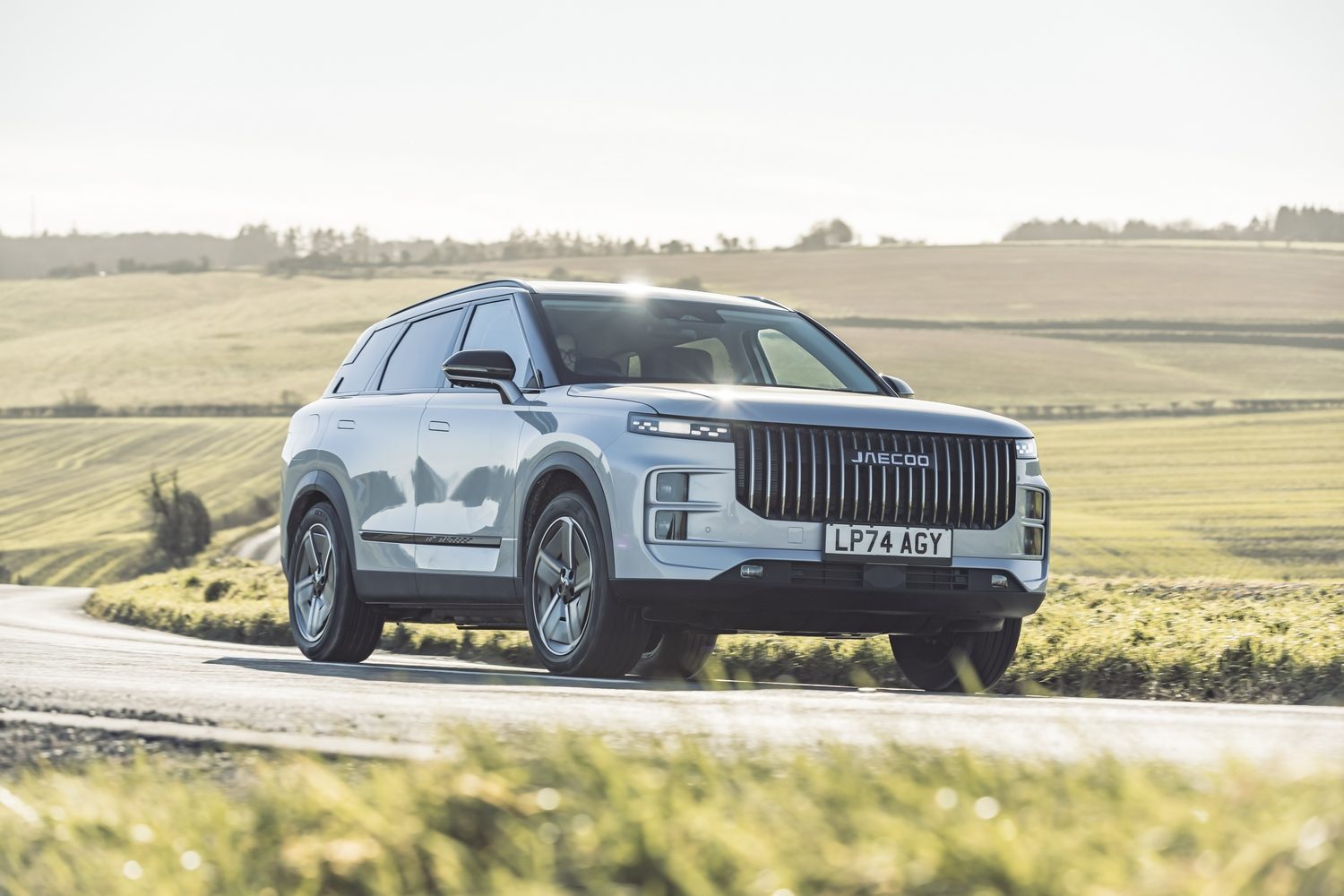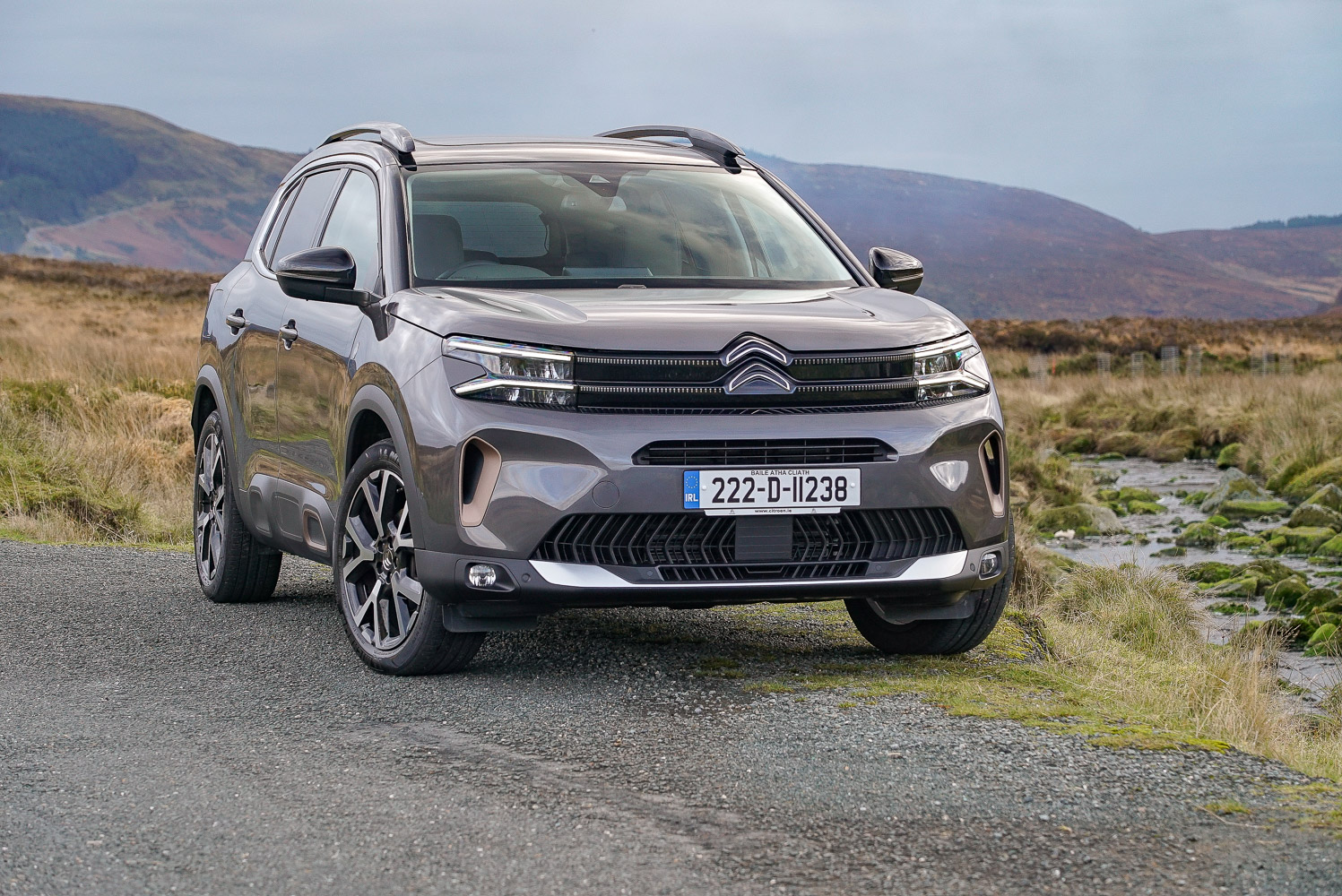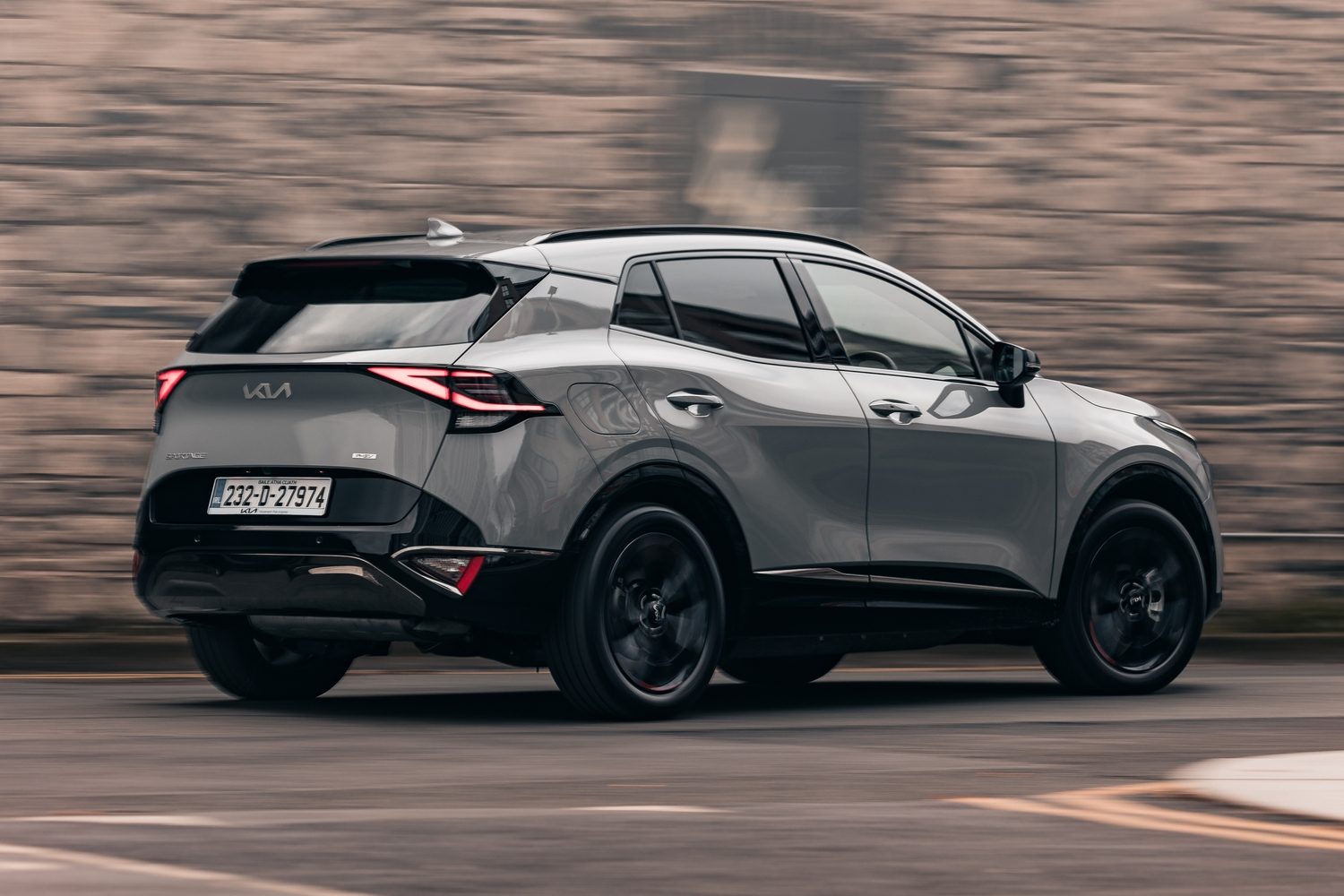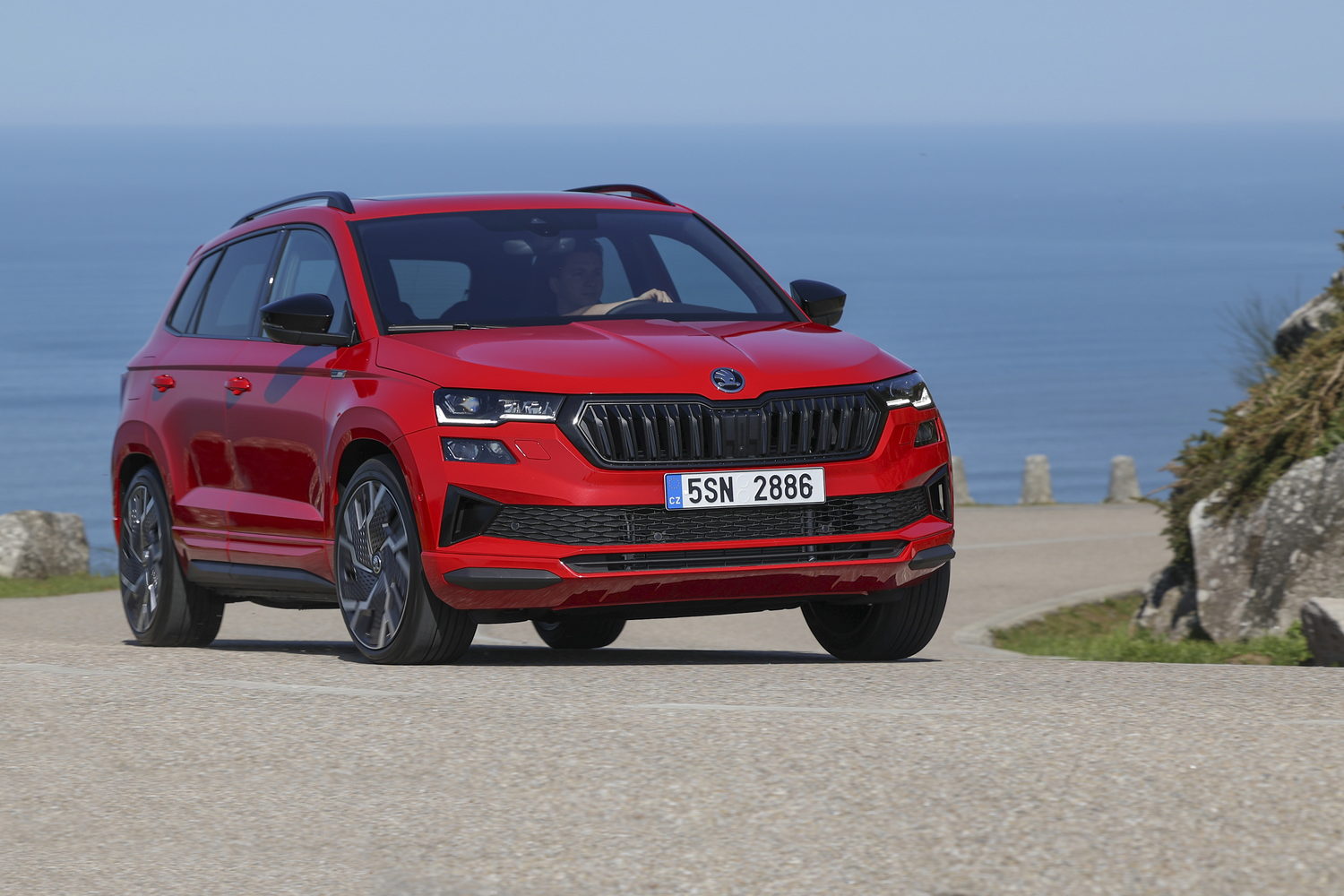If you’re one of the millions of European consumers who has never heard of Jaecoo, then there’s no need to be ashamed. The company is a fairly new addition to the Chery automotive group, which makes much fuss about being China’s biggest vehicle exporter. It’s also the company behind the Omoda brand that launched in the UK last year with its decidedly average ‘5’ SUV.
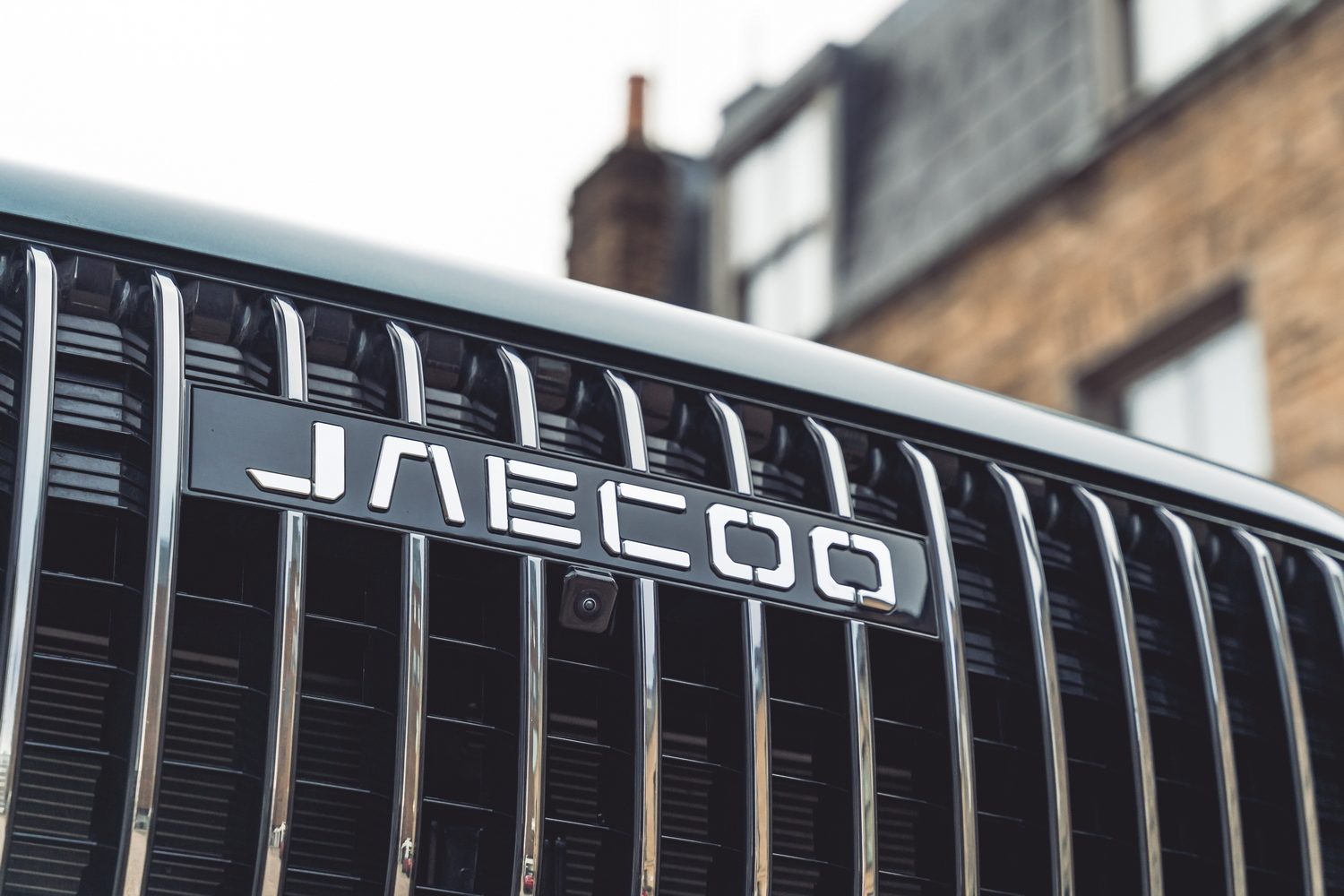
Sibling brand Jaecoo is similarly positioned as a value-orientated alternative to mainstream models, albeit with a slightly more rugged image. The branding is woolly, though, with Jaecoo claiming its name comes from a combination of the German word for ‘hunter’ (Jaeger) and the English word ‘cool’ - neither of which necessarily project off-road talents in the way Jeep or Land Rover might.
Whatever, Jaecoo’s first attempt in Europe is the ‘7’, which will arrive in hybrid and petrol-powered forms, with front- and all-wheel-drive variants. Except they aren’t coming to Ireland just yet, and while the brand is open to the idea, there’s no set date for its arrival. Which begs the question, are Irish car buyers missing out?
What does the Jaecoo 7 look like?

From certain angles - mainly anything that avoids the front end - the Jaecoo is quite an attractive car. There’s something of the Range Rover Velar about the rear, with its wide light bar and mock skid plate in the bumper, but all delusions of class are immediately vanquished by the sight of the ‘waterfall’ grille, which is almost as chintzy as Rolls-Royce’s Pantheon grille.
It’s a shame that the ‘basking shark’ front end spoils it, really, because with the narrow lights and generally quite smart lines, the Jaecoo would be a fairly attractive car. Yes, some of the angles are a bit, well, angular, but it’s far from an ugly mug. Perhaps it’s a little under-wheeled, and maybe there’s a bit of the knock-off Velar about it, but it’s far from offensive. And even that grille doesn’t tip it into the realms of “disgusting”.
A look inside the Jaecoo 7
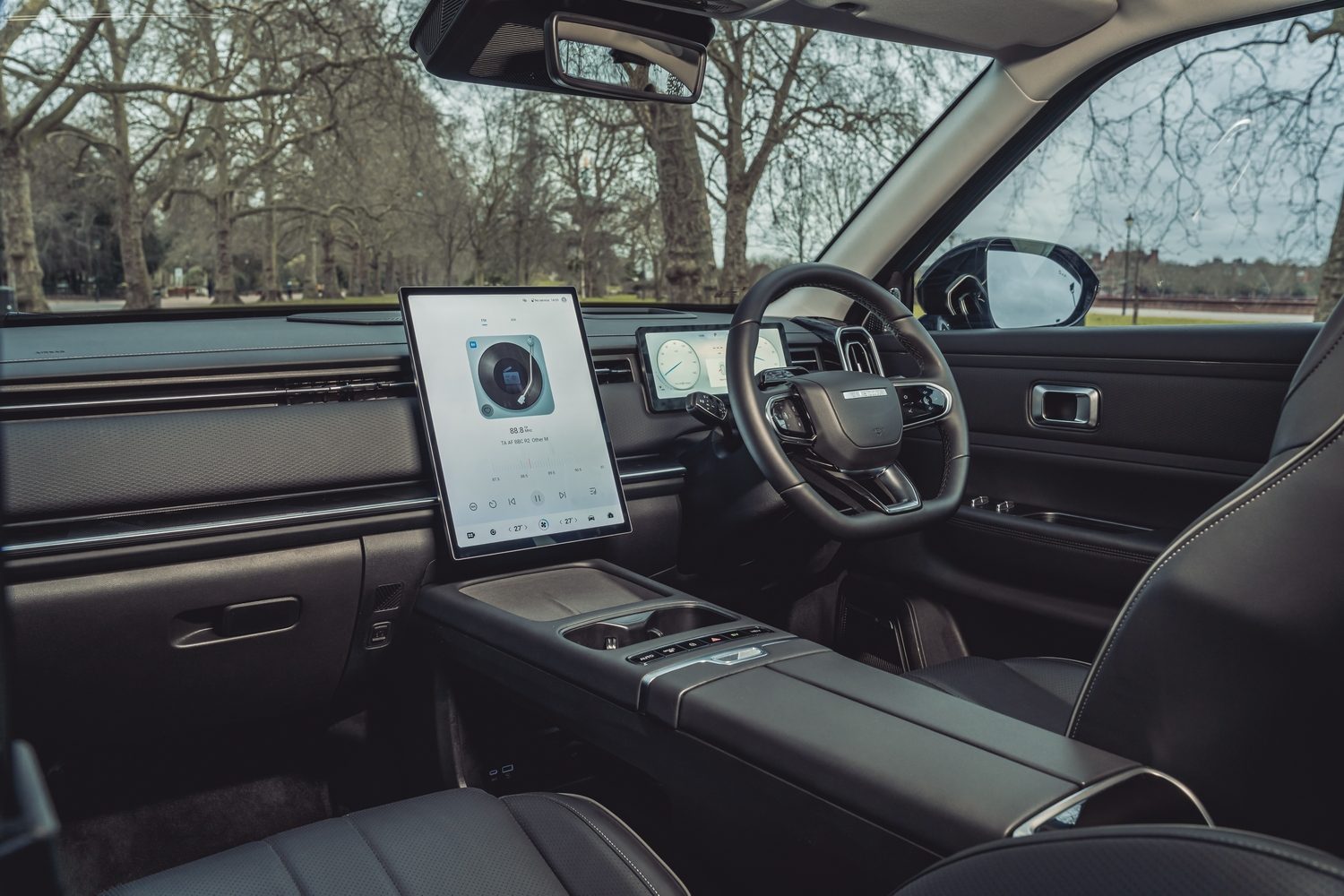
The Jaecoo’s interior differs quite noticeably depending on whether you choose a hybrid or petrol version. Where the hybrid-powered cars are clean and minimalist, the petrol-powered versions are a bit busier and a bit more button-heavy. And if you’re a regular reader, you’ll know which approach we prefer [Ed: we like buttons].
Both are reasonably well made, although there are some slightly odd material choices in there. The petrol version’s gear selector is supposed to feel like a power tool, but the only power tools that feel like that have Fisher Price written on the side. And some of the stalks feel a bit cheap. But then there’s a nice soft material in the wireless charging bay, and most of the cabin plastics are quite tactile, even if the upholstery feels a bit strange. Yet even then, it’s no worse than some other car makers’ leather alternatives.
Quality, then, is pretty average, and ergonomics are a mixed bag. The petrol cars retain buttons for functions such as seat heating and door mirror adjustment - all the stuff for which buttons are effectively a requirement - and that’s great, but the touchscreen still houses the climate control switchgear. And in the hybrid, almost everything is delegated to the touchscreen, which is particularly irritating.
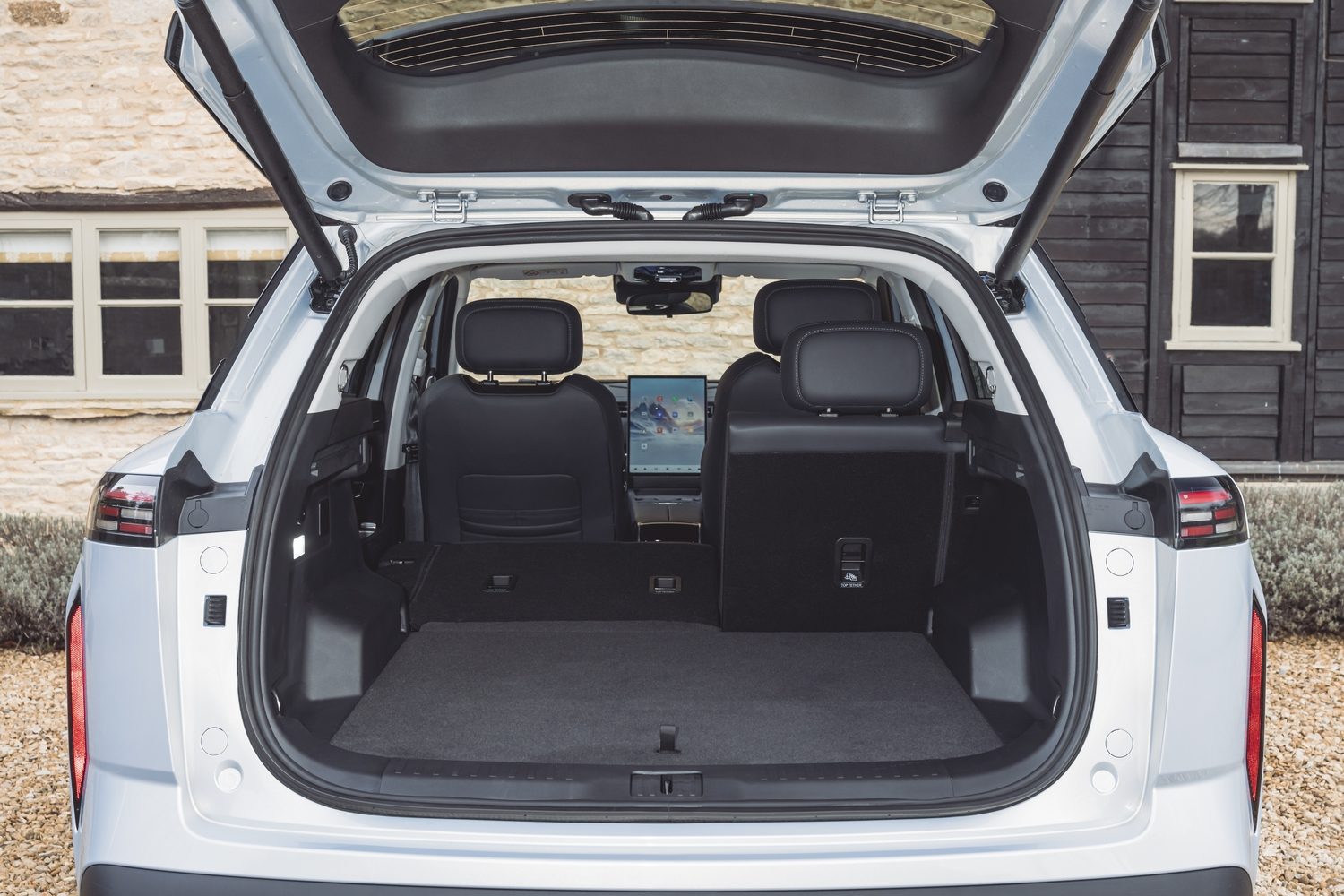
Less irritating, however, is the amount of space on offer in the Jaecoo. Four tall adults will have no trouble getting comfortable, with fairly generous headroom all around and reasonable legroom in the back. And the 500-litre luggage bay is pretty capacious, too (it’s on a par with a Nissan Qashqai) so you won’t have any trouble carrying all your passengers’ luggage.
The Jaecoo 7’s on-board technology
Technology plays a starring role in both the petrol- and hybrid-powered versions of the Jaecoo 7, but especially in the hybrid. With no buttons to use for mirror adjustment or any other function, the emphasis is almost entirely on the massive portrait-orientated central touchscreen.
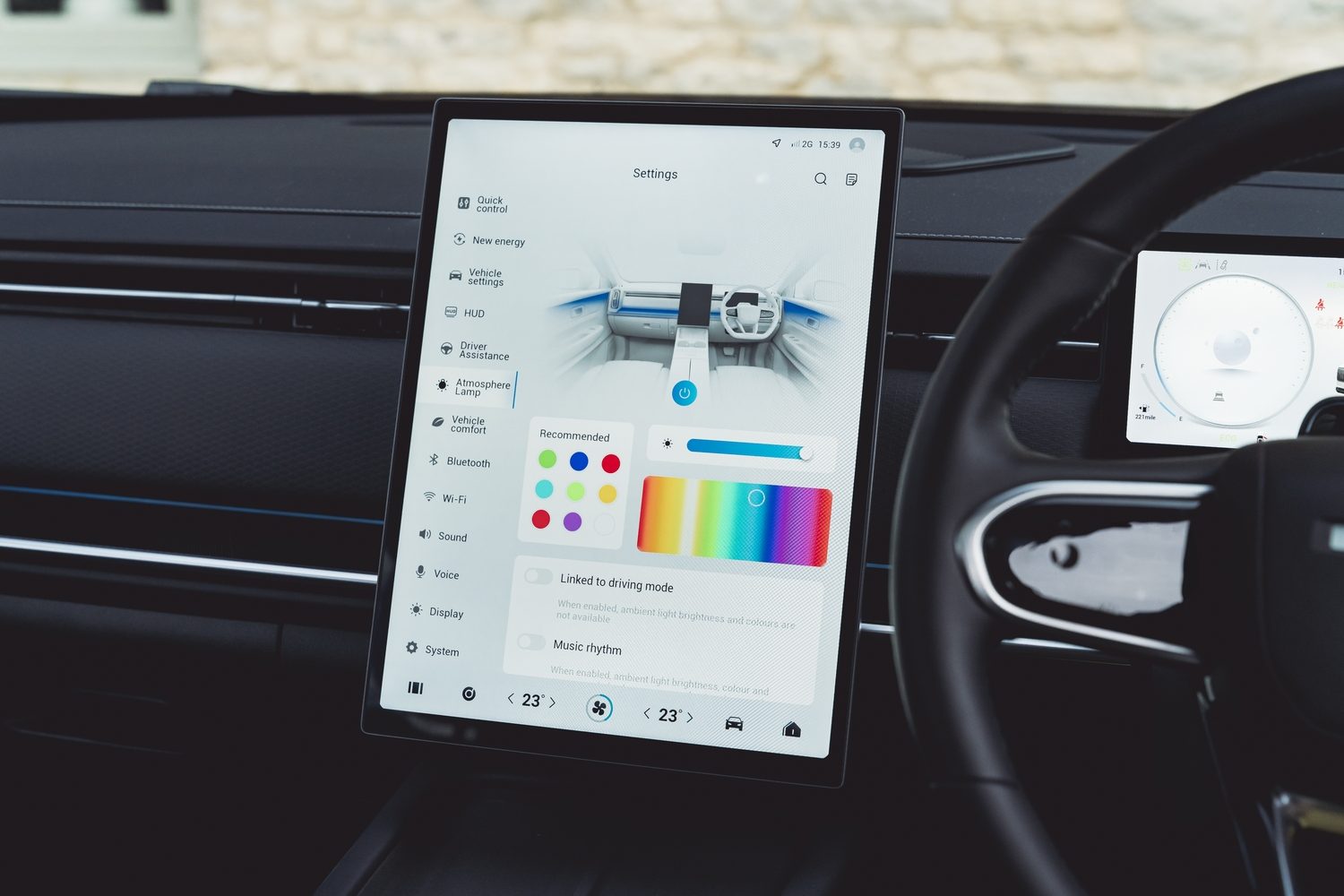
The interface is fairly good, with a clean layout and a navigation system that takes more than a little inspiration from Google Maps, but there’s just so much stuff in there that it automatically becomes annoying. Switching off safety features such as the speed limit warning system or the lane departure assistance tech is a bit awkward, and finding some fairly mundane features isn’t always easy. But once you’ve learned your way around, it becomes a bit easier.
But while the touchscreen has its pros and cons, the digital instrument display is a little better. It’s sharp and bright, and it gives you all the information you need in fairly digestible ways, even if it takes a bit of getting used to. Some of the icons are a bit confusing, but once you get to grips with it, it’s easily as good as anything any of the more established brands are throwing out.
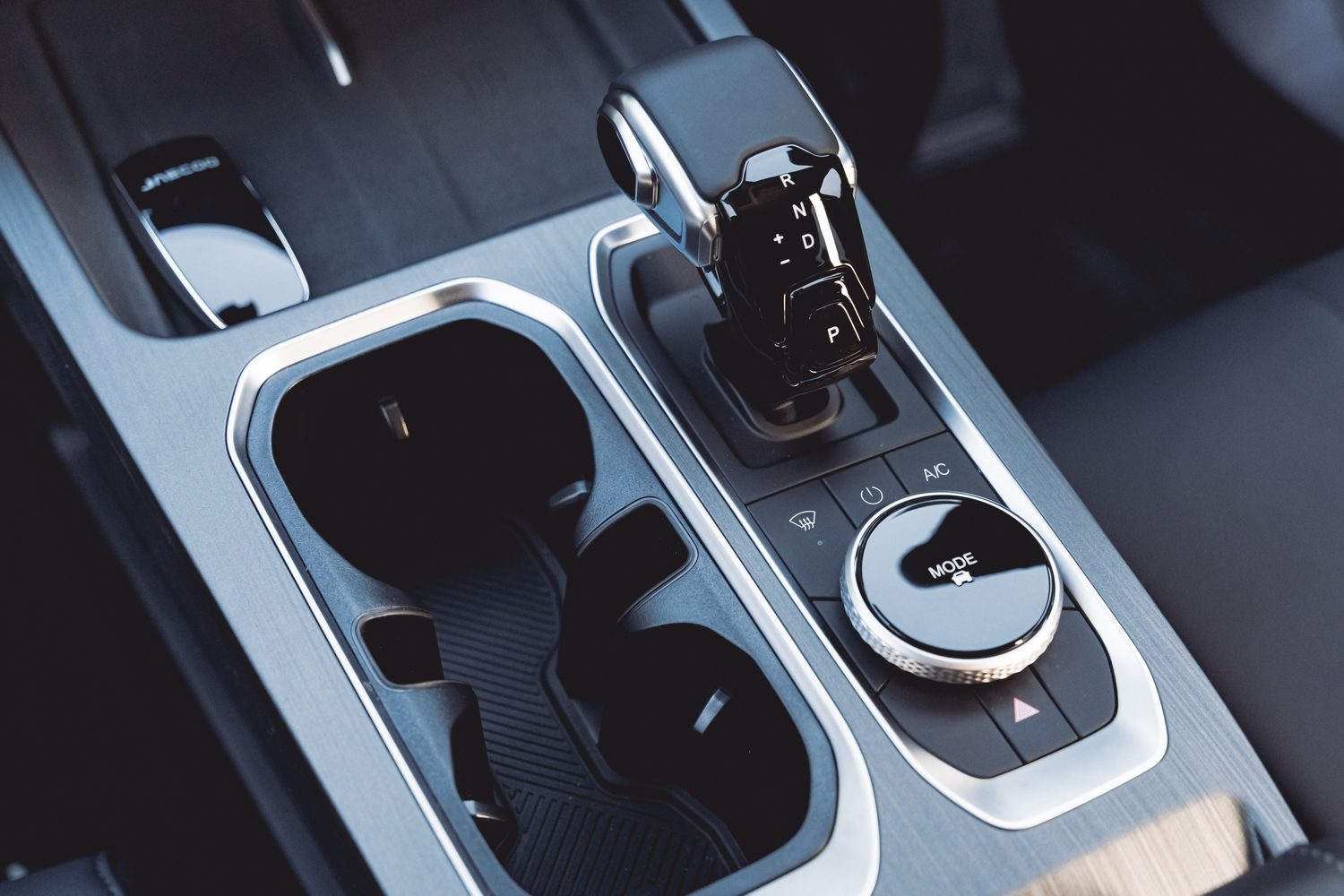
And then there’s the reversing camera system. Designed for off-road use, as well as manoeuvring in town, the system has a sharp view that can be rotated around the car to get any viewpoint you need, and there’s a transparent chassis setting so all you see is the four wheels, giving you a better impression of what they’re dealing with. It isn’t perfect - in our petrol test car, it came on every time we indicated at a junction, which rather gets in the way of the navigation system - but when it works properly, it’s very capable.
How safe is the Jaecoo 7?
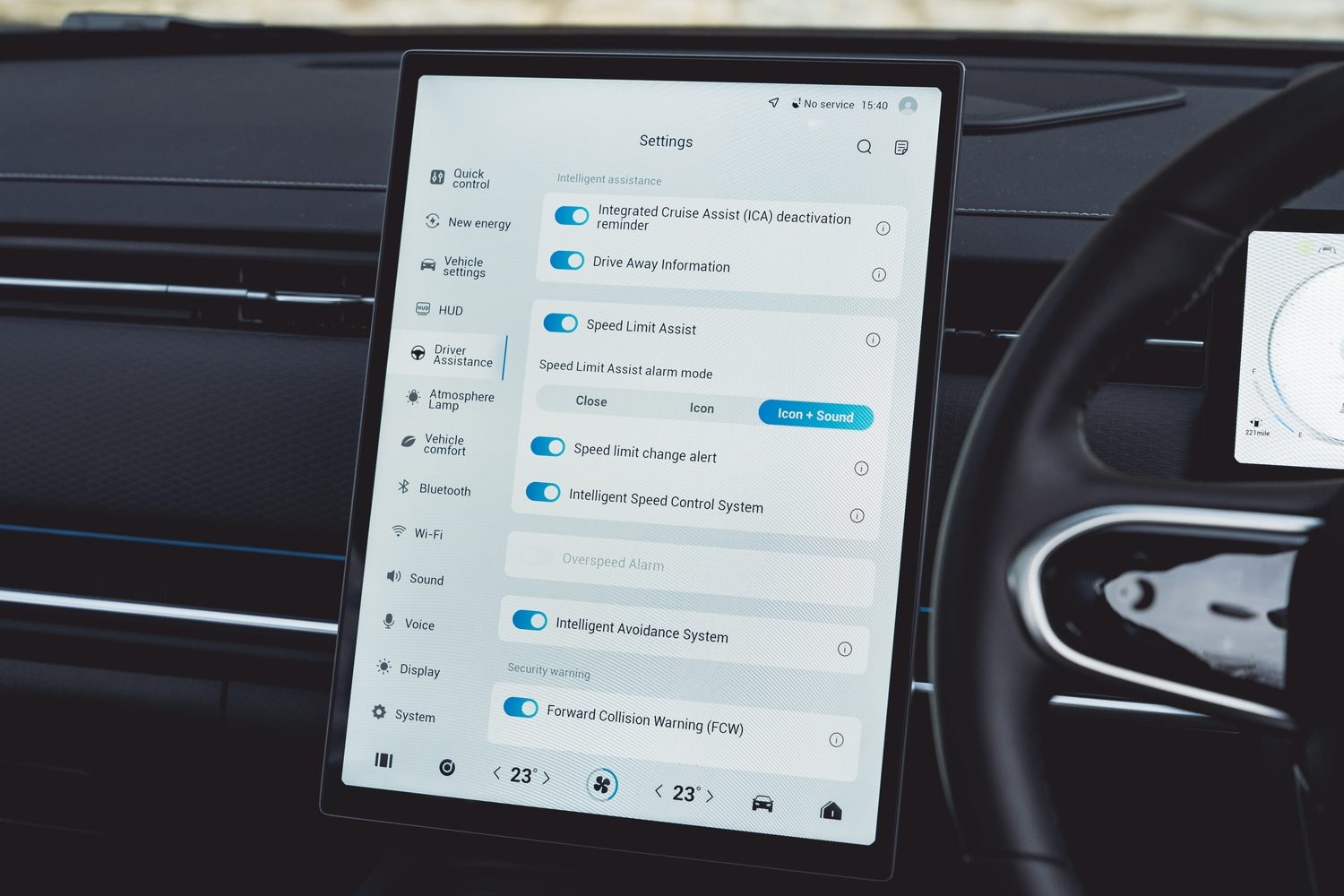
The Jaecoo 7 has not yet faced a crash test from the European independent safety organisation, Euro NCAP, so it’s hard to say with any confidence how it will perform. No Jaecoo has ever been assessed, and neither has sibling company Omoda’s 5 SUV, so we’ve little to go on.
We do, however, know that it comes to Europe with plenty of safety kit, including speed limit warning technology, lane departure warning and autonomous emergency braking. You get adaptive cruise control, too, and there’s a driver monitoring system that tells you when you’re being inattentive or feeling tired.
How many child seats can I fit in the Jaecoo 7?
The Jaecoo 7 comes with two ISOFIX child seat mounting points, with one on each of the outer rear seats. And with plenty of space on that rear bench, you should have no trouble accessing those seats and getting them in and out. And once they’re in, there’s enough elbow room to leave plenty of space between them.
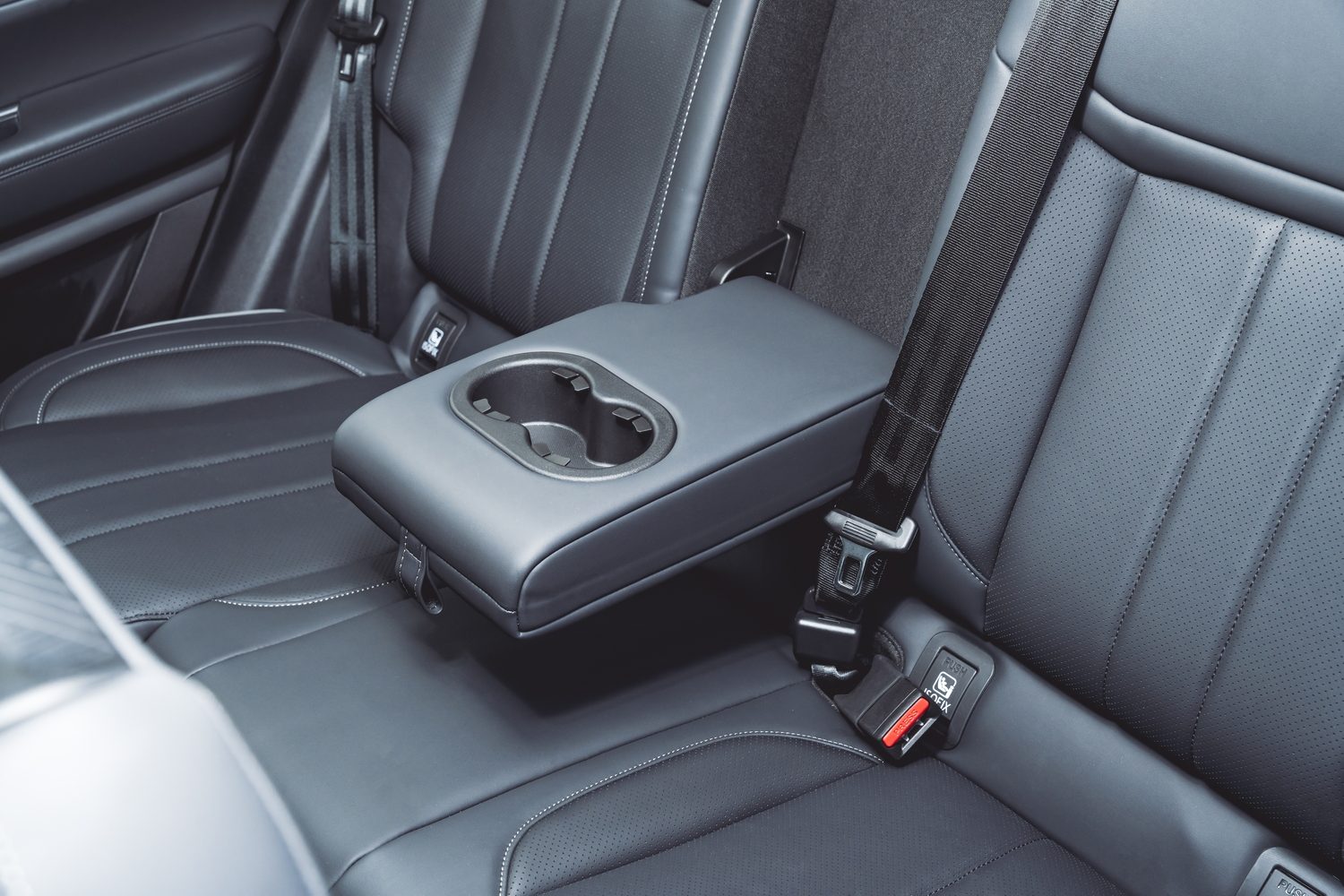
How efficient is the Jaecoo 7?
If you look at the official figures, the Jaecoo 7 is a pretty economical thing, especially in the SHS (Super Hybrid System) form tested here. That combines a 1.5-litre four-cylinder petrol engine with an electric motor and an 18.3kWh battery pack to send 204hp to the front wheels, giving the Jaecoo reasonable performance, but economy is the real name of the game.
Officially speaking, the battery offers 90km of electric-only range, and our test suggested something in the region of 75km could regularly be achieved in the real world, so owners could conceivably run the car on electric power most of the time. Admittedly, as with all plug-in hybrids, that assumes your lifestyle suits regular charging, but customers should be able to recharge the Jaecoo’s battery overnight at home, which makes that much easier.
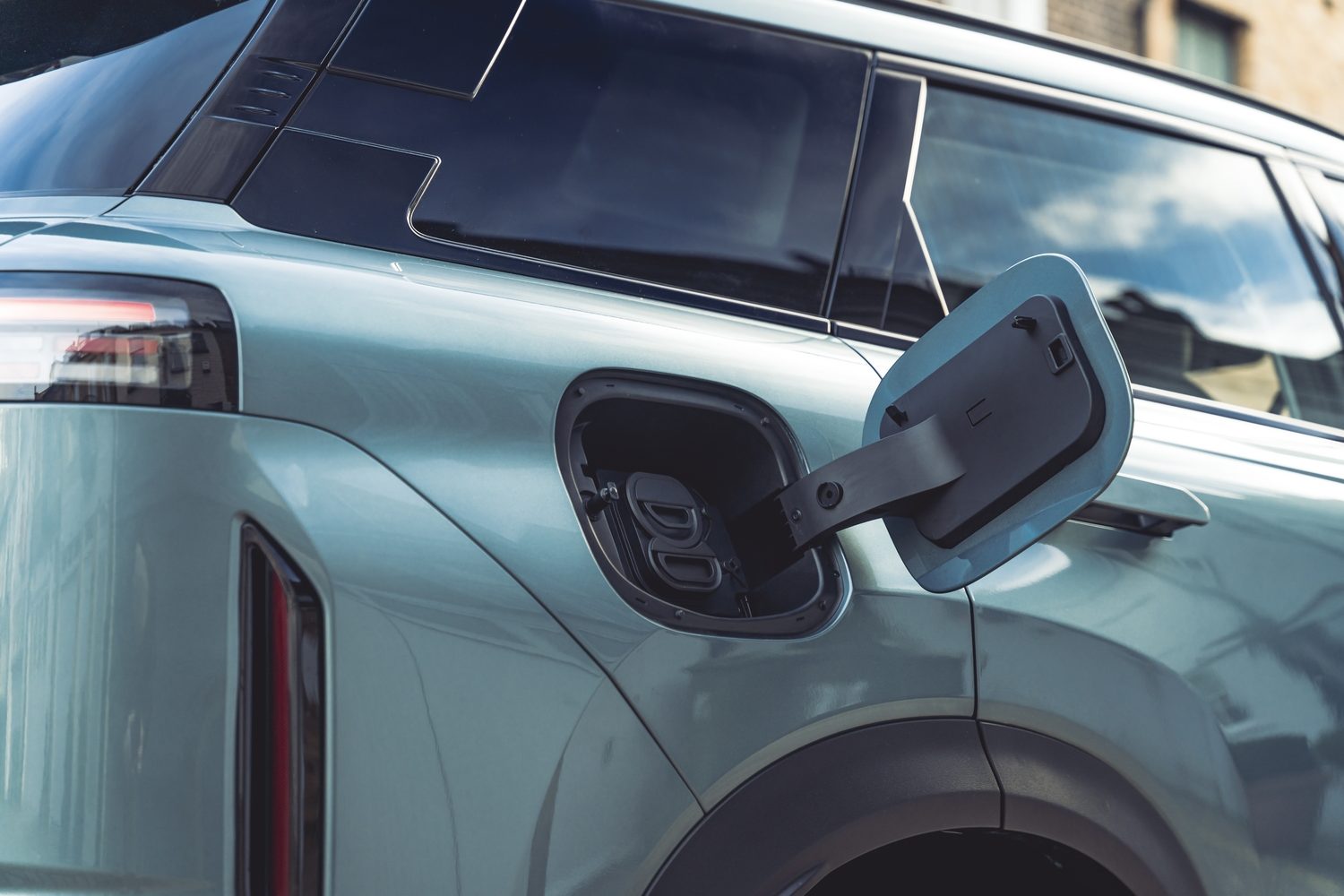
While that’s normally an argument for advocates of electric SUVs, the 7 will provide the flexibility of a petrol engine on longer drives, and Jaecoo makes much of the car’s total “range” of around 1,200km. On our test, we managed a little under 7 litres/100km from the petrol engine alone, which was pretty good considering our drive included performance and handling tests. Add in the time spent on electric power, and the average was more like 5.5 litres/100km.
That economy, therefore, is pretty respectable, but it comes with drawbacks. For one, the hybrid Jaecoo loves to spin its front wheels, scrabbling at the asphalt like the roadrunner before finally getting moving. And that’s with respectable rubber wrapped around its alloy wheels - our test cars were on Kumho tyres. Jaecoo says it’s still learning, and such things can be improved with software, so we’ll look forward to seeing whether the electric throttle and traction control calibration are tweaked in the coming months and years.
The other issue - and one that’s slightly harder to solve - is one of noise. While the system is reasonably refined at low speeds, thanks primarily to the electric motor, the petrol engine makes a sad mooing sound when you put it to work, spoiling any delusions of refinement. The Jaecoo isn’t the only car to do this - lots of other four-cylinder hybrids are similar - but it’s still obvious if you try to use anything approaching the 204hp this car can produce.
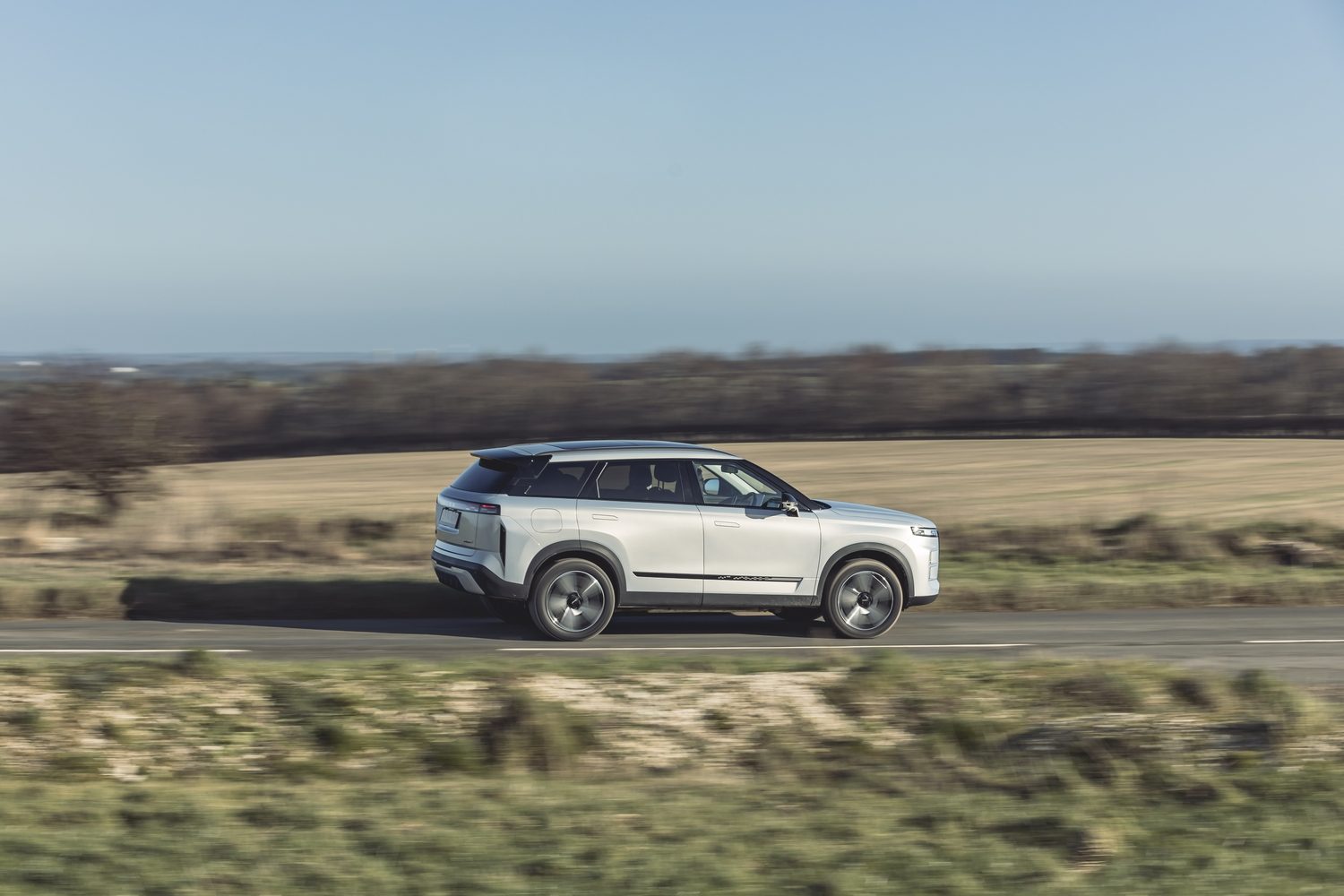
It’s also an issue that affects the petrol-powered versions of the 7. We had a quick spin in front- and all-wheel-drive versions of the Jaecoo and found them equally bovine with the pedal to the metal. But other than that, the 1.6-litre turbocharged petrol engines are decent enough, even if throttle response issues persist. The power delivery is so sluggish, and the seven-speed automatic gearbox so slow to kick down a cog that you end up asking for more before it’s sorted itself out. In the front-drive examples, that leads to more wheelspin, although all-wheel-drive versions quell that fairly quickly.
Again, we suspect Jaecoo will take a look at these issues and fine-tune the fly-by-wire throttle and the gearbox logic.
Driving the Jaecoo 7
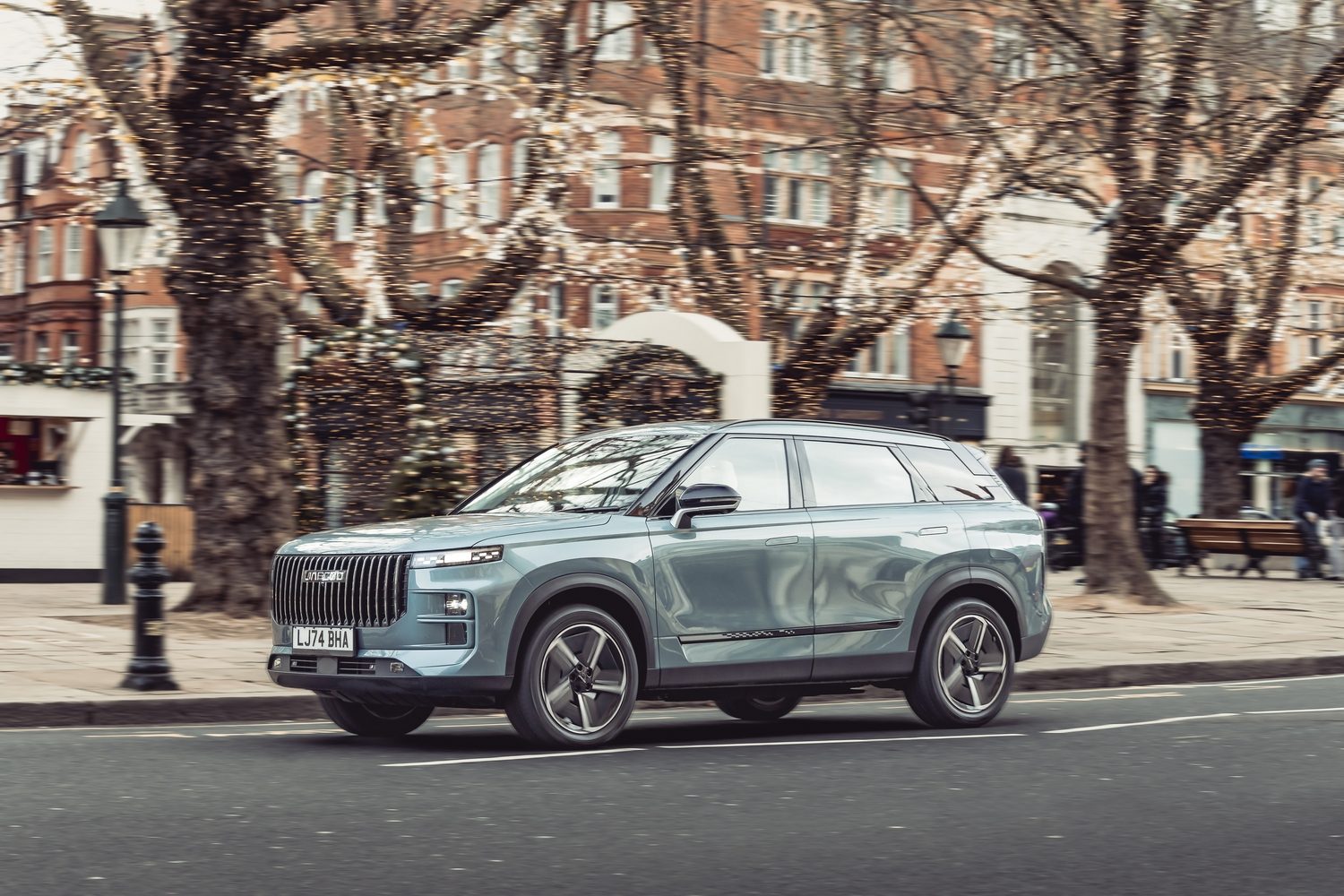
As with the interior designs, the petrol- and hybrid-powered versions of the 7 seem quite different on the road. The petrol versions were by far the most appealing, despite the slow throttle response and wheel-spinning tendencies, offering adequate but unremarkable ride and handling characteristics.
The suspension, clearly designed to juggle the needs of off-road driving, comfort and handling, manages its task reasonably well, and though the Jaecoo doesn’t ride as subtly as some of its European, Japanese and Korean rivals, it doesn’t tip into the bounds of being uncomfortable. It also offers decent body control that prevents too much unwelcome lean in corners and deals well enough with sharp changes of direction.
The steering is quite numb, it’s true, but at least it’s relatively precise, and the brakes are progressive and reassuringly linear. Grip is reasonable too, and the whole car feels pretty competent on the road considering it’s really a cheap 4x4. Certainly, it’s as capable as, say, a KGM Korando, but it’s a little behind the likes of the Nissan Qashqai and Kia Sportage.
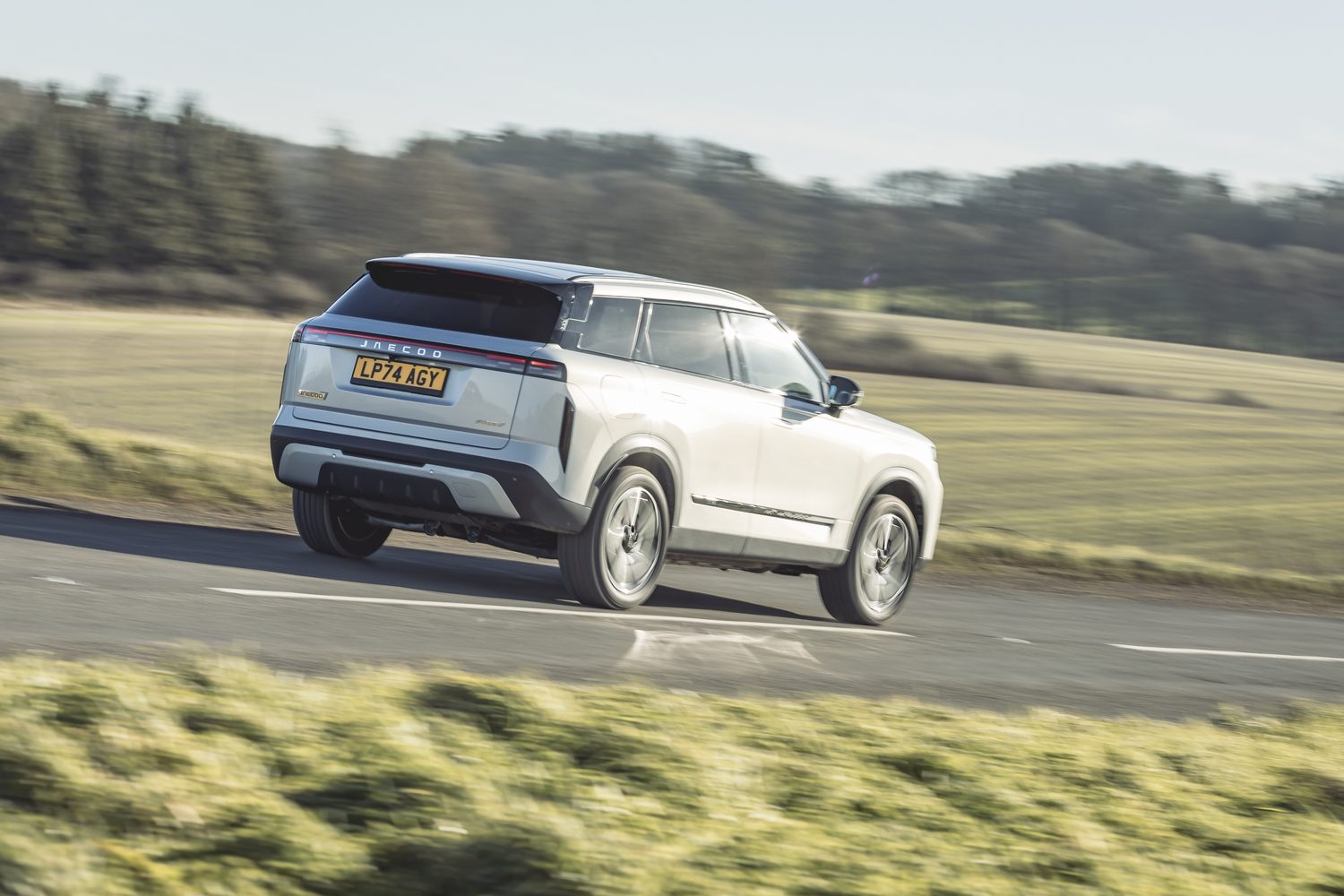
Yet even that is complimentary compared with what we have to say about the plug-in hybrid version. The suspension in that car is soft and sloppy, which makes the car lean and lurch around corners, particularly if it has to deal with a change in elevation, direction and road surface all at once. Yet despite that, the ride is still as firm as that of a hot hatchback, with an unsettled feel over even the smoothest surfaces and a sharp thump over any potholes. Combine that with the wheelspin and slow steering that feels as detached and lifeless as a cheap games console’s wheel, and the driving experience goes from being unremarkable to unacceptable.
In Jaecoo’s defence, it’s almost all stuff that can be tuned out with a bit more care and attention at Jaecoo’s German engineering hub - lots of it can be fixed by simply plugging in a laptop, and Jaecoo has shown it’s capable with the petrol-powered cars - but as things stand, the hybrid is way behind the curve.
The reasons you’d buy a Jaecoo 7
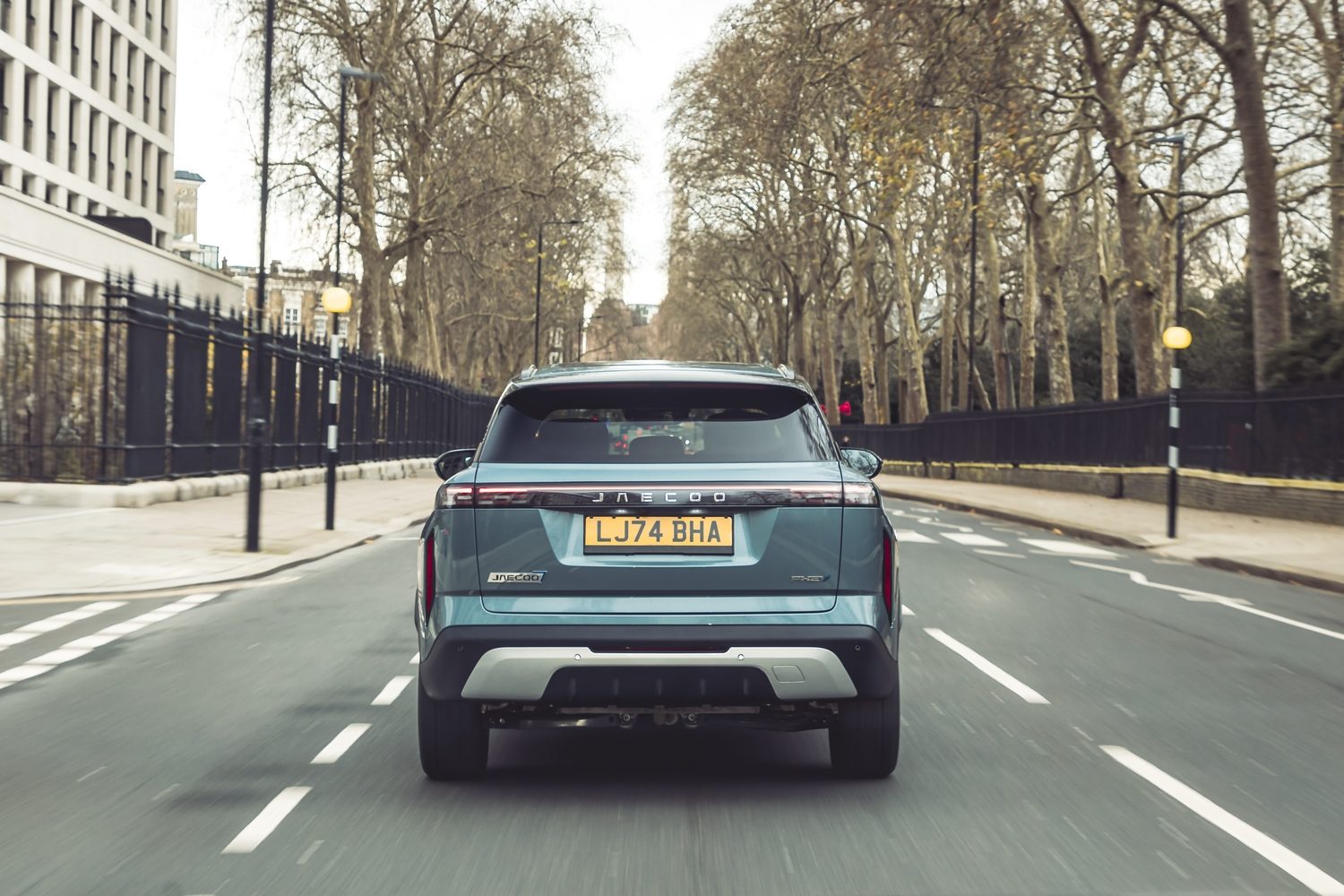
The SHS version of the Jaecoo will tempt some, with its efficiency and value, but those customers will be doomed to crushing disappointment. Yet those who ignore the statistics and go for the more conventional petrol-powered versions, will get a much more appealing overall package, offering better value, better ergonomics and a more competitive driving experience. Particularly if they choose the all-wheel-drive model. Even then, the Jaecoo still needs some tweaks before we can recommend it, but such is the pace of change at companies such as Chery that we’ve no doubt Jaecoo can make it happen sooner than you might think.
Ask us anything about the Jaecoo 7
If you want to know more about the Jaecoo 7, or any other car currently on the sale in Ireland (or not), then why not head over to the Ask Us Anything page? Our free-of-charge advice service allows you to pose your questions, then sit back and relax while our team of experts finds the answers that will help you choose your next car.

